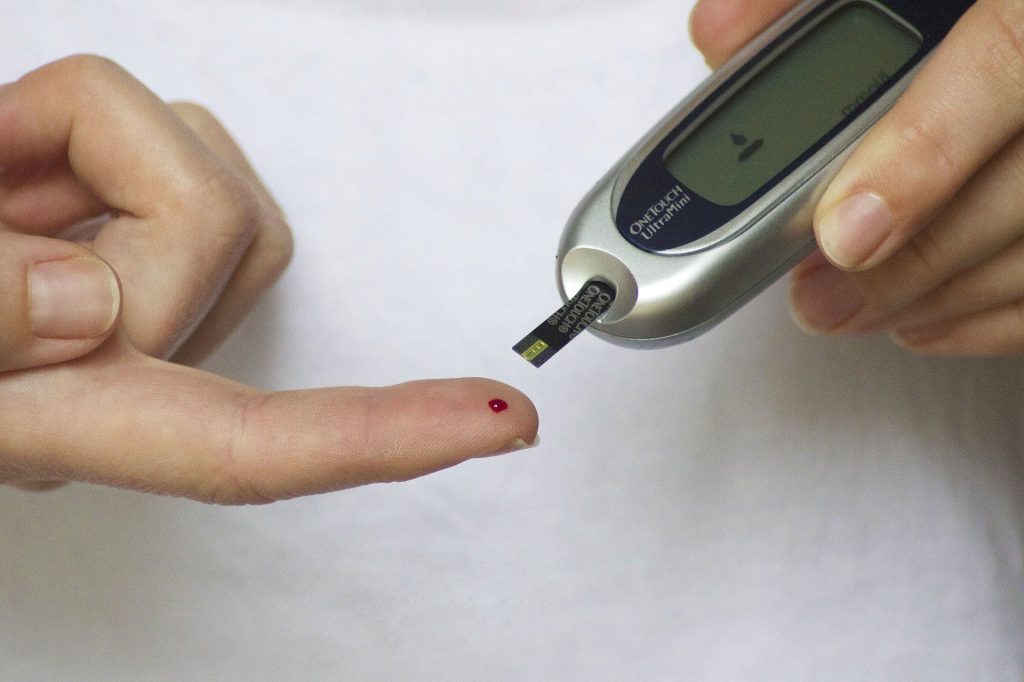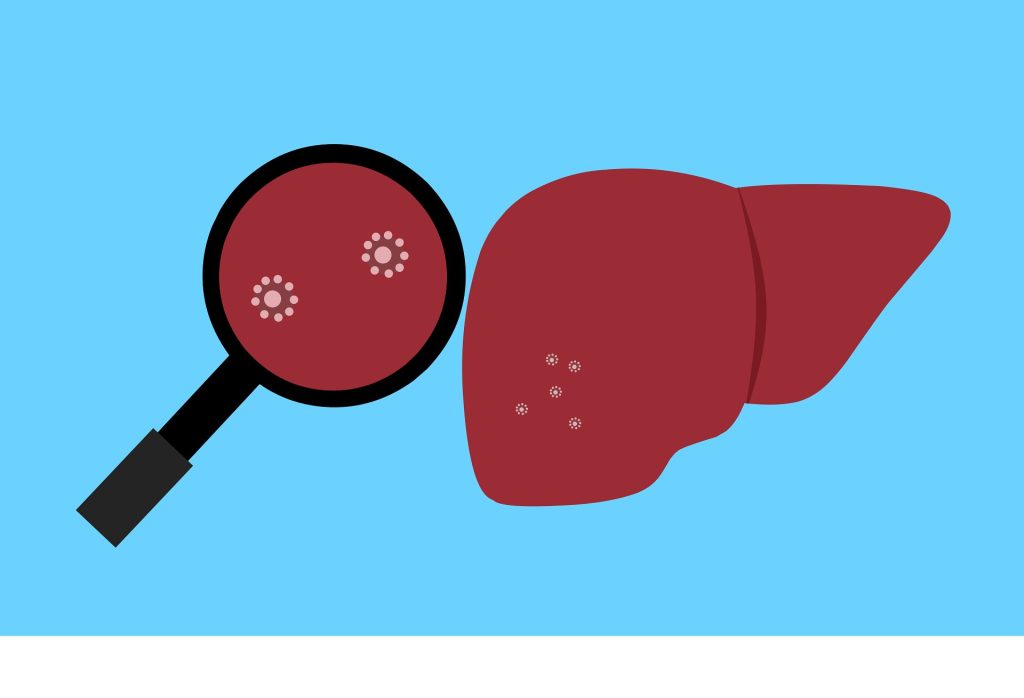Insulin may boost cognition in cognitive disorder people.
According to research, certain individuals with dementia-related illnesses may benefit from utilising intranasal insulin.
They claimed that those with Alzheimer’s disease and mild cognitive impairment seem to benefit most from the insulin therapy.

However, other medical professionals claimed that they believed the study to be defective and are not yet prepared to endorse insulin as a treatment for these illnesses.
According to a report published in the journal PLOS ONE, intranasal insulin may have some favourable cognitive effects, especially for those with Alzheimer’s disease and mild cognitive impairment.
Intranasal insulin and cognitive performance were studied in 29 research with 1,726 participants for a review and meta-analysis. The studies’ publications span the years 2001 and 2021.
The average insulin dosage was 40IU. The results of a single dose were investigated in ten trials. The other studies had a median duration of eight weeks and involved multiple doses over a longer period of time. The participants’ average age was around 53.
The subjects were categorised into four categories of disorders by the researchers:
- illnesses of the mind, including schizophrenia, bipolar disorder, and major depressive disorder
- Mild cognitive impairment with Alzheimer’s disease
- metabolic conditions like diabetes
- Other illnesses
Additionally, a pool of healthy, cognitively unimpaired people was used.
In persons with mental health illnesses, metabolic diseases, and other conditions, the researchers found no discernible difference in cognitive performance following dosages of intranasal insulin, according to their findings.
Participants who had mild cognitive impairment and Alzheimer’s disease showed considerable improvement, according to the researchers.
The potential link between insulin and brain function
According to Dr. Gayatri Devi, a neurologist at Northwell Lenox Hill Hospital in New York who was not involved in the study, “Patients with Alzheimer’s may have impaired glucose processing in the hippocampus (an area of the brain involved in human learning and memory).” Insulin administered intravenously may help with this and enhance cognition.
One explanation for why insulin can help with memory and cognition is that the brain’s memory centres are either defective or unable to handle sugar.
According to Dr. Shae Datta, co-director of NYU Langone’s Concussion Centre and director of cognitive neurology at NYU Langone Hospital-Long Island, “It could be plausible that the amount of insulin receptors in the memory centres in the brain become defective or are simply insufficient to handle sugar.
“Insulin replacement improves brain metabolism. resulting in the hypothesis that brain insulin resistance can cause cognitive problems, according to Datta, a researcher who was not involved in the study.
Intranasal insulin side effects include:
- Hypoglycemia may cause heart attacks and strokes.
- Irritation or rhinitis of the nose
- Lightheadedness
- Dizziness
- Nausea
- a nosebleed
The study’s authors came to the conclusion that intranasal insulin can be safely tolerated and may enhance memory by directly interacting with brain areas involved in the control of cognition.
Response to the study on insulin and cognitive decline
The researchers did say that additional study is required to comprehend therapy response.
Not all medical practitioners find the research to be compelling.
“Overall, I wasn’t impressed with the study,” said Dr. Clifford Segil, DO, a neurologist at Providence Saint John’s Health Centre in California who was not engaged in the study. “Intranasal insulin for diabetes has been tried, but it failed.”
“I find it unsettling to provide insulin to someone who shows no signs of diabetes. Giving insulin to a person who does not have diabetes carries the danger of hypoglycemia, he told us. This could make them more vulnerable to a heart attack or stroke.
Segil continued, “I think that it is good to repurpose medications as it can increase therapy options. But this research does not back up using this medication for memory loss. It was never employed in my practise.
“This is a meta-analysis, so a statistical compilation of multiple studies, most of them quite small,” Devi explained. “This is never as good a big double-blind placebo-controlled study as that would be crucial in patient-related decisions,” the author writes. However, each patient must be handled uniquely, and decisions about the best course of treatment must be made with that patient in mind.
Devi continued, “Intranasal insulin treatment for patients with biomarker-confirmed Alzheimer’s disease still needs a large placebo-controlled study.” Up to a third of individuals who were clinically diagnosed with Alzheimer’s did not have it on pathology, which was a concern in prior Alzheimer’s clinical studies.
REFERENCES:
- https://www.medicalnewstoday.com/articles/insulin-treatment-might-boost-cognition-in-people-with-mild-cognitive-impairment-or-alzheimers-disease
- https://www.techexplorist.com/intranasal-insulin-treatment-boost-cognition-people-mild-cognitive-impairment/63176/
- https://www.mayoclinic.org/diseases-conditions/mild-cognitive-impairment/diagnosis-treatment/drc-20354583
For Mental disease medications that have been suggested by doctors worldwide are available here https://mygenericpharmacy.com/index.php?cPath=77_478








